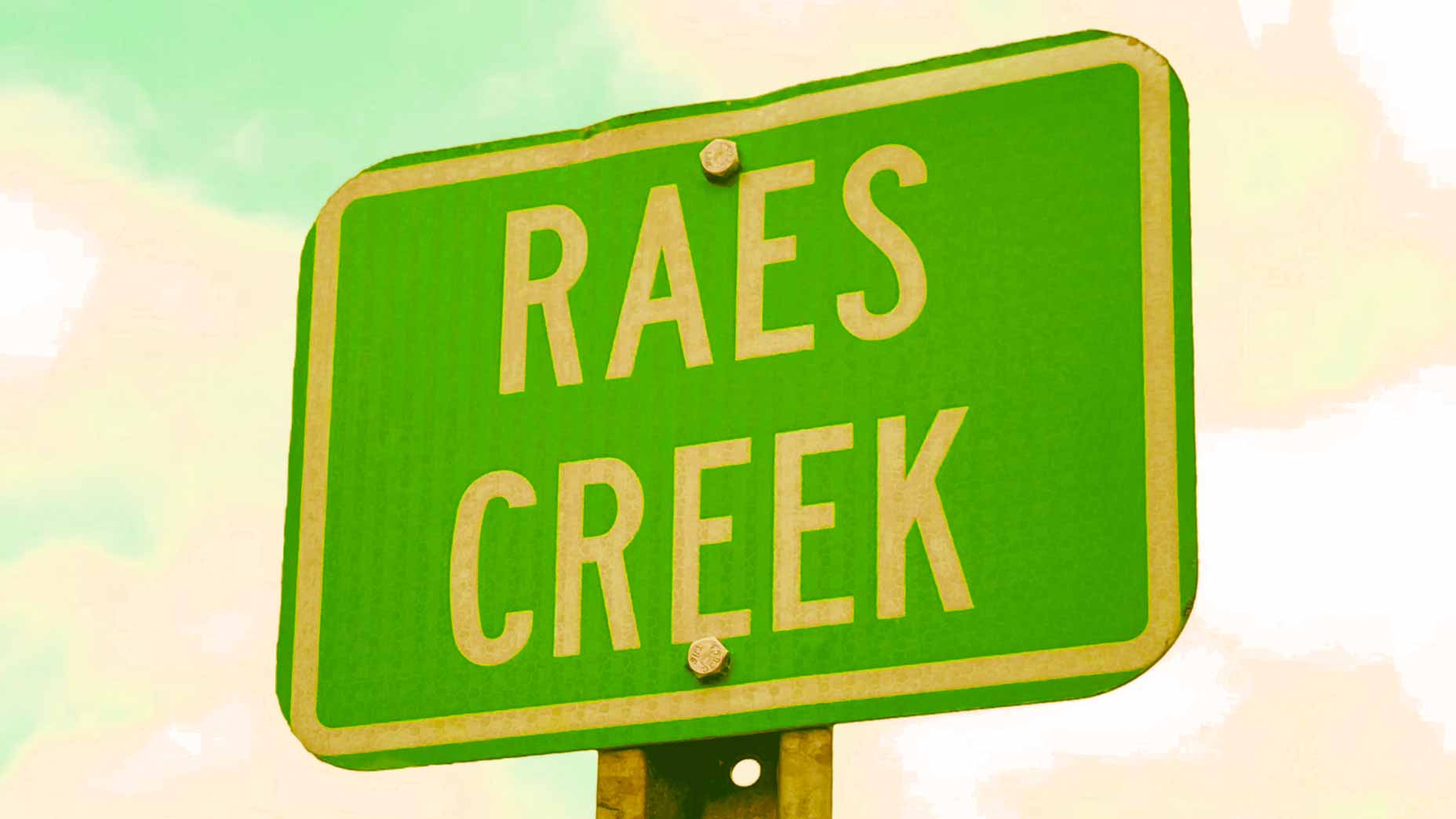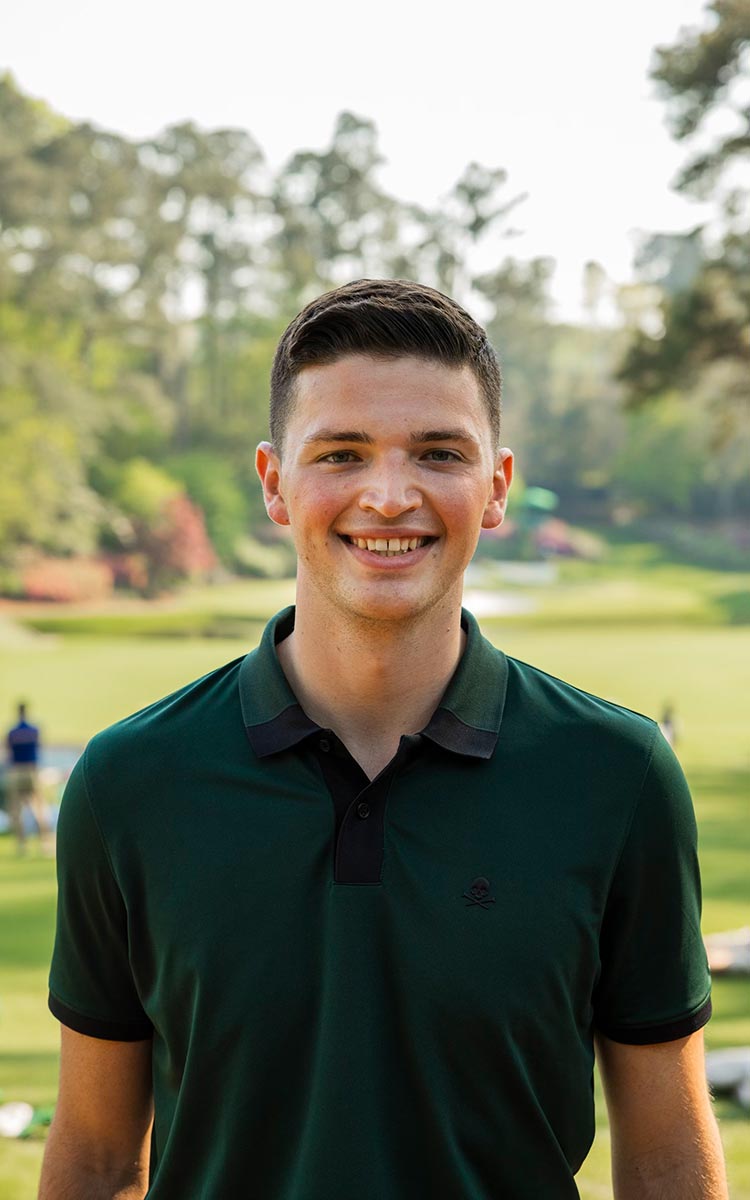
James Colgan
April 11, 2025
Masters Week’s visit (via kayaking) to Rae’s Creek.
golf
Augusta, Ga. – If you want a glimpse of Master Glory, everyone knows you’d better provide you with a drive that keeps your drive away from Rae’s Creek.
But what about your boat?
“Why Earth Do you want to go to Leixi? “Our kayak instructor Debbie asked Tuesday morning in Augusta, Georgia, with her brows bent.
In Debbie’s defense, we have no convincing answers. Outside the Olympic pool, Rae’s Creek is probably the most terrifying body of water in professional sports. Over the past 88 years, it has starred in more master-level lighting than any other character, and its soul-challenging nature makes doom almost versatile quality. At its farthest point, the water is no more than five feet wide, but it pulses with magnetic current, killing the golf ball (and golfers) as prematurely as a Dyson vacuum.
Debbie seems to be telling us what we already know: any effort to climb into the thunder stream forms the core. But we seemed to be telling her we didn’t care.
“Are you experienced kayakers?” Debbie asked.
“Yes,” I replied. (I’m not.)
“Okay,” Debbie said. “Because you have to paddle upstream, that will take you about an hour.”
Dear readers, this is my first questioning the merits of our crank program into the river of golf. But when I felt my feet get cold in the form of “participants release responsibility and risk assumptions”, Debbie turns to me with a strange metal object, smiling.
“Come here, my dear,” she said. “I feel like I need to give you one of these things so you can pick up some golf balls.”
Fifteen minutes later, we stood on the shores of Lake Olmstead, less than a mile from Augusta National and in size two open-plan kayaks, bending against the boat to launch.
“Well,” I said, turning to my colleague Darren Riehl, saying things from what has been met with wrong decisions since time began.
“I think we are really doing this.”
“>
We put ourselves in a kayak and set out to the other side of the lake, which is narrow to the overpass, and then another overpass until the water is over 20 feet wide and less than three feet deep. We rolled a corner around the corner and suddenly, it hit us: we rowed in the middle of the creek, the most famous golf.
It was a beautiful spring in Augusta, Georgia, warm and blue—and although recent rains have increased the water levels of various rivers and streams in the area, the conditions are the simplicity of the paddle. (It was lucky because we didn’t know the first thing about the water level in the Greater Augusta area, and we didn’t consider what we might do with the estuary exploring the dream heavy rain – say nothing about our clothes.) We were in a row of houses upstream until the only thing around was a series of low hanging branches and trees, as well as a series of rivers on the river.
We had already paddled for half an hour when the noise interrupted us. That’s a roar. one master roar. It’s been hearing here all the time. I began to wonder how many memories of masters have been played by the audience of only one turtle in the corner of Augusta Peace, but only for a moment. The current is picking up now, and we are getting closer and closer to a dense creek tree that seems to be blocking our passage.
We reach the trees and find surprising developments on the other side. That’s a Golf course, Just the one we want. Just like Augusta National, its next door neighbor Augusta Country Club is on par with Rae’s Creek, unlike Augusta National, where safety may be blind to pleasant paddlers. Can enjoy the lessons next door directly and are actually lovely. We circled here briefly, but from the look of the golfer approaching us, we wore a thin welcome.
That’s OK, we’re 11th yard from Augusta National’s 11th green distance, maybe 200 yards from Hogan Bridge. We paddled out to see at least three four-body groups and bent in the river, which would be the end of our journey. In our opinion, there are two overpasses there: the first, directing golfers in the ACC Green, and the second, evacuating the rest of the world from Augusta National.

Is there gold in Augusta National?
go through:
Dylan Dethier
Later some Google searches showed that there was one third Overpass, on the other side of the fence. We were told that this is where the club is safe and confidential – but mostly expressive. Currently coming out of Rae’s Creek from the 11th Green, will overwhelm the Olympic rowboat (Darren and I are not). Our far-fetched dream of robbing a ship in Augusta State was destroyed.
We turned around, the sore muscles relaxed, moved downstream and headed to the lake. But we are still missing something: souvenirs. I kept training my eyes on the water as we floated, but as we went further downstream, I started to give up hope. We found a golfing opportunity, on the ACC, not here, tall grass and snap up turtles.
Then, I was everywhere, and saw it: a white gleaming green water and a brown riverbed. I reached into Rae’s creek and reached out the ball with an unquestionable logo: Green Augusta National Member Identification.
Darren and I thought we were lucky, but the truth is that we were not. Later, we will learn from Debbie that golf balls covered with the ANGC logo are often found on this side of Rae’s Creek.
Maybe we shouldn’t be surprised. this It is the legacy of Rae’s Creek. Not as a friendly visitor, not as a gentle stream, but as a sign of doom. Rae’s Creek stole these dreams (usually in the Pro V1 form) upstream and stored them here, where they caught turtles and geese, and yes, kayakers can find them.
I smiled at my golf ball when we returned to the boat to launch. It turns out that you can end up in Rae’s Creek and still have a winning Masters game plan.
You just have to learn to float.
“>

James Colgan
Golf.comEdit
James Colgan is Golf news and writes stories for websites and magazines. He manages the media verticals of popular microphones, golf, and leverages his camera experience on the brand platform. Before joining golf, James graduated from Syracuse University, during which time he was a caddie scholarship recipient (and Astute looper) from Long Island, where he came from. He can be contacted at james.colgan@golf.com.
Source link



